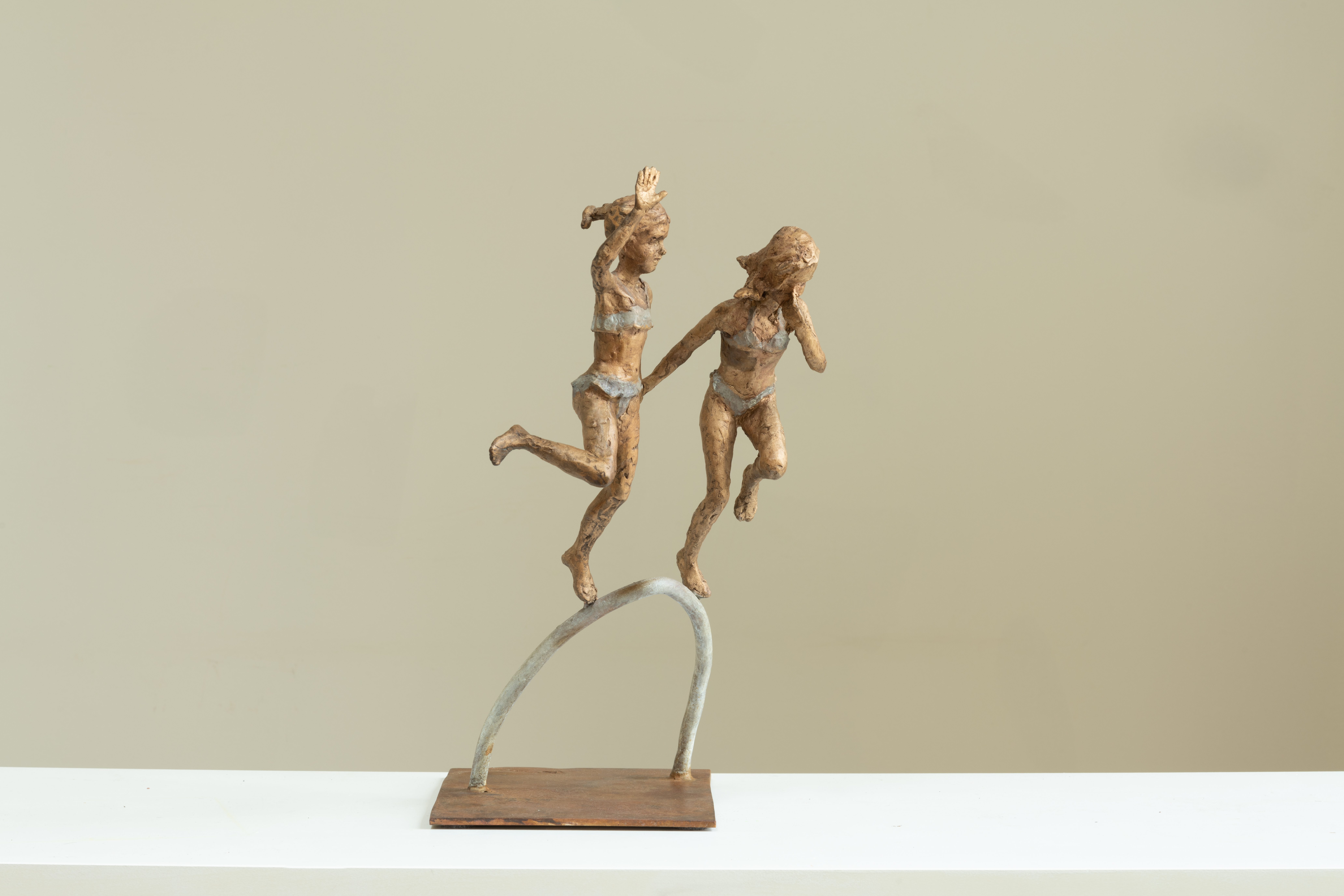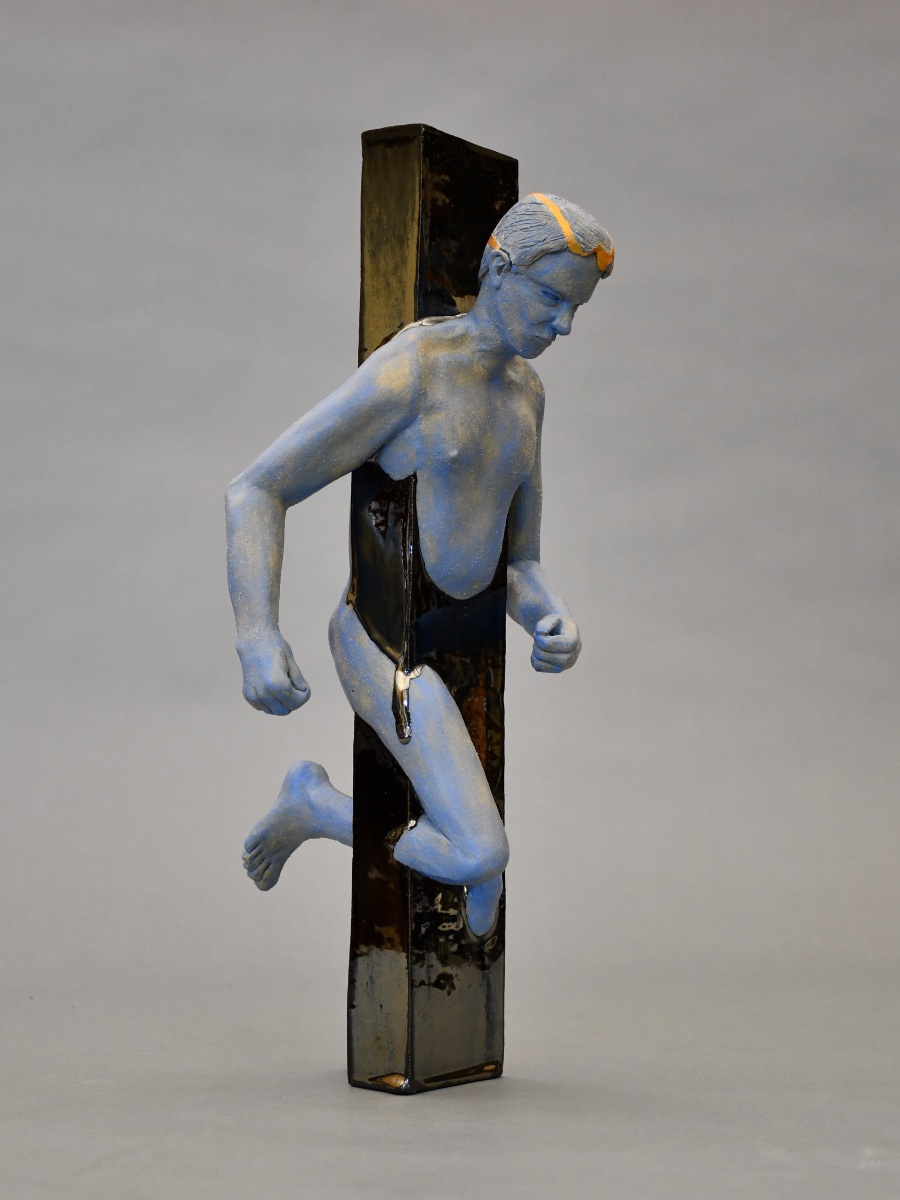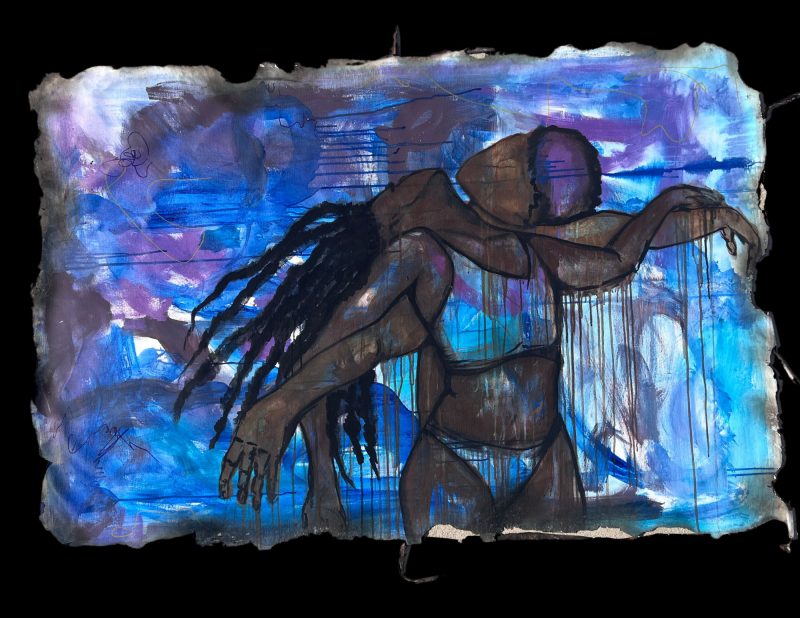Steve Giralt has taken his experience as a commercial photographer, knowledge of technology, and ability to fill a void in the visual world to become a leading Visual Engineer in the industry. “Visual Engineering is the marriage between modern technologies and the new hybrid image maker who shoots video and still photos,” he explains. “I have a deep passion for learning new things, and absolutely embrace change. It’s this passion that pushed me into the world of Visual Engineering.”
Steve credits his BFA in Advertising Photography from Rochester Institute of Technology (RIT) as the base training for the work he does today. “Since college, I have taken courses in woodworking, MIG welding, Electronic Circuits, Plastic and Epoxies, Arduino, and more. “I am a maker by heart and love creating new things. It’s my experience working as a commercial photographer mixing together with all these courses and love for leaning that have led me to become a Visual Engineer.”
With his knowledge and additional training, Steve at times builds his own lights for his shoots. “It allows me to customize the shape and quality of the light specific to the need. If I need a light to fit in a really small space, I can usually do that with my lights, but not with store-bought lights.” There is another reason. He adds: “I work a great deal with shooting super slow-motion imagery, which requires a lot of light for proper exposure. I’m also working with a lot of foods, like chocolate or ice cream, [which] would melt instantly under the heat of these intense film lights. The lights I’m creating are LED- based, so they are much more energy efficient and produce far less heat, which is ideal for the way I work.”
Many factors are must be considered in constructing the lights the Steve needs for his work. “Powering them, keeping them cool, and making the quality of the light just right are all challenges involved. If I was making lights for normal-speed shooting it wouldn’t be so bad, but with the high-speed work I’m doing, it adds another layer of challenges, with flicker being a big problem,” he says.
The rewards of the job make Steve’s efforts worthwhile. “The most exciting part is when we nail an amazing shot. In the work I do I’m always riding the line between what can be done and what can’t be done with a camera,” he says. “Because we’re riding that line, the chance of failure is always a possibility, but it’s what drives me to the next level. It is also very rewarding to see my work out in the world whether on TV, in a magazine, or on a billboard.”
Steve’s work comes with its own set of challenges as well; time is usually the biggest of them all. “When a client hires me, it’s usually for a day, or a few days of work to complete a project. During that time, we need to complete all the shots needed no matter how tricky they are.” As a self-proclaimed perfectionist, Steve admits that he always wishes he had more time to get a perfect shot that much more perfect.
Steve typically combines filmmaking technologies with something he has created. “I have used robotic arms to move pieces of food around, pour a liquid, or move the camera itself. I use pneumatic catapults to throw things in the air accurately, and a computer controller timer I built to orchestrate a series of events in millisecond accurate timing.” His must-have tools include screwdrivers, zip ties, soldering iron, MIG welder, Phantom camera, hard drives, Arduino, and robots.
Steve states that the line between photographer and cinematographer is really getting blurry these days, as video cameras can do stills now and stills cameras can do video. “I’m a guy that uses a camera to shoot visuals that have been engineered in a technological way to happen perfectly in front of the camera.” Most of the projects that Steve is currently working on are video-based “I did a piece around the U.S. election recently, a spot to help hurricane victims in the Unites States and Puerto Rico, and now I am working on a spot about gun violence and gun technology in the United States.”






